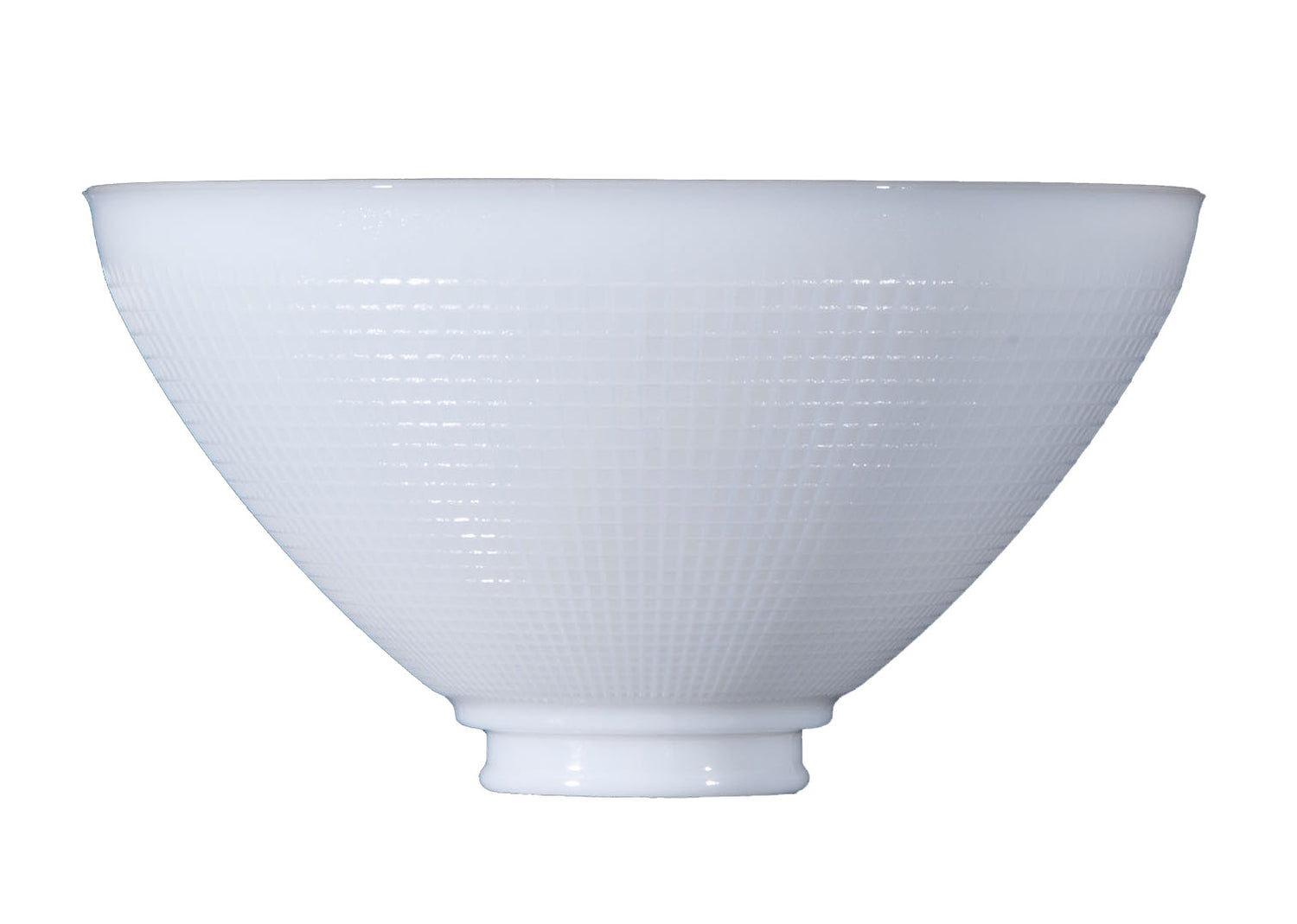Cast Iron vs. Ceramic Lamps
Deciding between two lamp materials can be daunting, but Antique Lamp Supply is here to help. We offer more than 60 years in the lighting business, providing the expertise you need to make a smart investment that suits your lighting requirements. In this guide, we examine two of the most common materials used to make antique light fixtures: cast iron and ceramic. Although they are scarcely used to make modern light fixtures, cast iron and ceramic antiques can be quite valuable. We take a closer look at the origin, use, and properties of these two materials to give you a better idea of which one to choose or how to care for your antique lamp.
Overview of Cast Iron Lamps
The earliest evidence of cast iron use can be traced back to the 5th century B.C. when it was first created in ancient China and produced to make ploughs, pots, weapons, and other artifacts. It wasn't until the late 18th century that cast iron became a ubiquitous material to make bridges, buildings, and textile mills. Today, you might distinguish cast iron as the material used to make cookware, but a majority of antique porch light fixtures, carriage lamps, and light posts are made of cast iron due to its durability and capability to be painted.
Cast iron is made by a process known as casting, in which metals are melted and poured into molds to create an item of specific dimensions and shape. This iron alloy contains two to four percent carbon and various amounts of silicon and manganese, as well as impurities such as sulfur or phosphorous. Metalworkers reduce mined iron ore in a blast furnace. Once the iron is cast in a mold, it's carefully allowed to cool and solidify. This long-lasting material typically costs less and boasts excellent machinability. Many cast iron light fixtures are finished with a coating that can resist abrasion, corrosion, weather, and UV damage from the sun.
One of the greatest benefits to choosing cast iron lighting is that it exudes a classically antique look that might make one think of the Victorian era. From the mid- to late-eighteenth century, manufacturers used cast iron to make lamp bases, brackets, and much more. With a cast iron lamp, lantern, or light fixture, you can add old-fashioned charm to any indoor or outdoor space. To clean a cast iron lamp with signs of light rust, simply rub the blemished areas with a dry cloth. Then scrub the lamp base, bracket, or bowl with a mixture of warm water and gentle detergent.
Overview of Ceramic Lamps
The earliest evidence of ceramic use can be traced back to 24,000 B.C., long before we began producing cast iron. By about 10,000 to 9,000 B.C., people began making ceramic vessels to store water and food. This ancient material is made of clay that is hardened by heat. Over time, Egypt and other ancient civilizations began overheating clay in kilns to produce pottery with a colored glaze. Today, you might underestimate the extent of ceramic materials.
Ceramic plays a significant role in the manufacture of glass, tiles, porcelain, bricks, cement, diamonds, and graphite. By definition, ceramic is an inorganic, non-metallic compound. Manufacturers take mixtures of clay, powders, water, and earthen elements to shape them into specific forms. Many ceramic light fixtures feature a decorative coating or paint-like glaze that is waterproof, but they are also resistant to heat, pressure, and corrosion. Once glazed, ceramics do not stain, and colors don't fade. Though ceramic lamps are durable, they are very fragile, except when compared to their porcelain counterparts. Ceramic lighting also provides poor shock resistance.
To clean a ceramic lamp, simply wipe the lamp's base with a damp cloth and warm, soapy water. Rinse the base with a different cloth and clear water. Dry the lamp thoroughly before replacing the lightbulb and shade. There are a wider variety of ceramic lamps to choose from in comparison to cast iron lamps. You can also make your own ceramic lamp base with just a kiln, clay, and a few supplies. You can also retrofit most ceramic vases into DIY light fixtures.
Cast Iron vs. Ceramic Lamps
As you learned in this article, there are many advantages and disadvantages to cast iron and ceramic lamps. If you have been searching for an old-fashioned fixture to add to your décor, cast iron is an excellent choice that will remind you of the Victorian era. If you have been searching for an intricate accent piece that provides functional accent light, ceramic is a diverse and sophisticated option. If you have any questions about this article or our lamp part collection, please contact us today by calling, emailing, or texting for further assistance.

